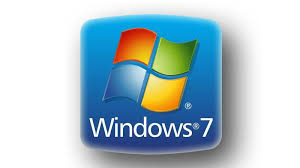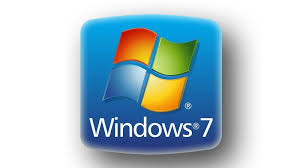
Microsoft is discontinuing support for Windows 7. Here's what you need to know:
 Back in January of 2015, many panicked about losing their Windows 7 support from Microsoft. Luckily, the powers that be extended that deadline to January 2020, but now that date is looming over us like a scary, HIPAA violation-filled cloud. Microsoft released a statement saying that “any users or businesses who are running [Windows 7] are more susceptible to cyber attacks.”
Back in January of 2015, many panicked about losing their Windows 7 support from Microsoft. Luckily, the powers that be extended that deadline to January 2020, but now that date is looming over us like a scary, HIPAA violation-filled cloud. Microsoft released a statement saying that “any users or businesses who are running [Windows 7] are more susceptible to cyber attacks.”
What does that mean for hospitals who haven’t upgraded to Windows 8 or 10 yet? Well, it means you need to tread lightly and carry a big security stick.
Under the HIPAA Security Rule, 45 C.F.R. § 164.308 (a)(5)(ii)(B), organizations must implement procedures for detecting, guarding against, and reporting malicious software. If you want to ensure compliance past 2020, you will need to upgrade in order to maintain your status once Windows 7 reaches End of Life; that’s a nonstarter.
Even though Windows won’t support the operating system directly, you can still keep your organization secure while you wait for that upgrade.
There are still many security patches and procedures you can implement to ensure your network isn’t vulnerable to threats. Windows will still be releasing their official security patches through 2020, so make sure those are in place as soon as possible. Removing old programs and redundancies is also good ways to maintain security while you wait for your upgrade. Old software carries with it a myriad of vulnerabilities, so if you can upgrade individual software packages without upgrading your operating system, that will keep you a step ahead. Think about pursuing new software that will be cross-compatible with both Windows 7 and Windows 10. That will make the transition smoother while securing your most important processes.
Good housekeeping practices can also ensure performance while keeping Windows 7 operating safely. Have your organization do a document purge. Backup any patient information (securely), and get rid of old folders and files you don’t need. Many users keep dozens of documents on their desktop, and while that is a huge performance lag culprit, it also offer predators a good pathway to hack your system. Out with the old and in with the bare minimum that is necessary.
Additionally, ensure you’re running the latest and greatest antivirus tools, but keep in mind exclusions so that your security lockdown doesn’t make the system unusable. Make sure that your EHR and other internal records and communications systems are locked down as best you can. Create personnel training plans to make sure your team members are practicing proper cyber security measures and are protecting patient data in their everyday activities.
Upgrading to Windows 10 is inevitable, but it isn’t something you necessarily need to panic about. You still have a year to switch over, and there are plenty of things you can do in the interim to keep your network safe and your patient’s data secure. Follow these tips and your transition will be smooth sailing. For VoiceOver and VoiceOver PRO users, if you have any concerns about how an upgrade will affect your lab, please contact our support team. We're here to help.
Brie Kreutzfeldt, an implementation specialist at Voicebrook, was the guest author for this blog post.



